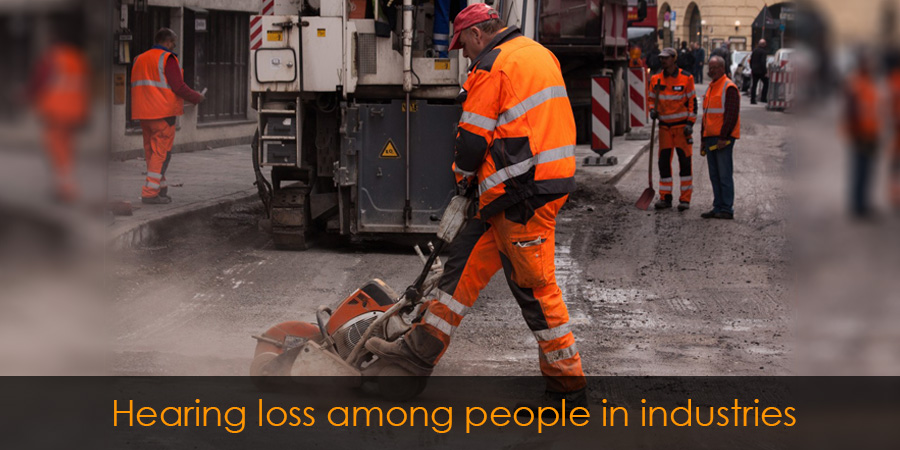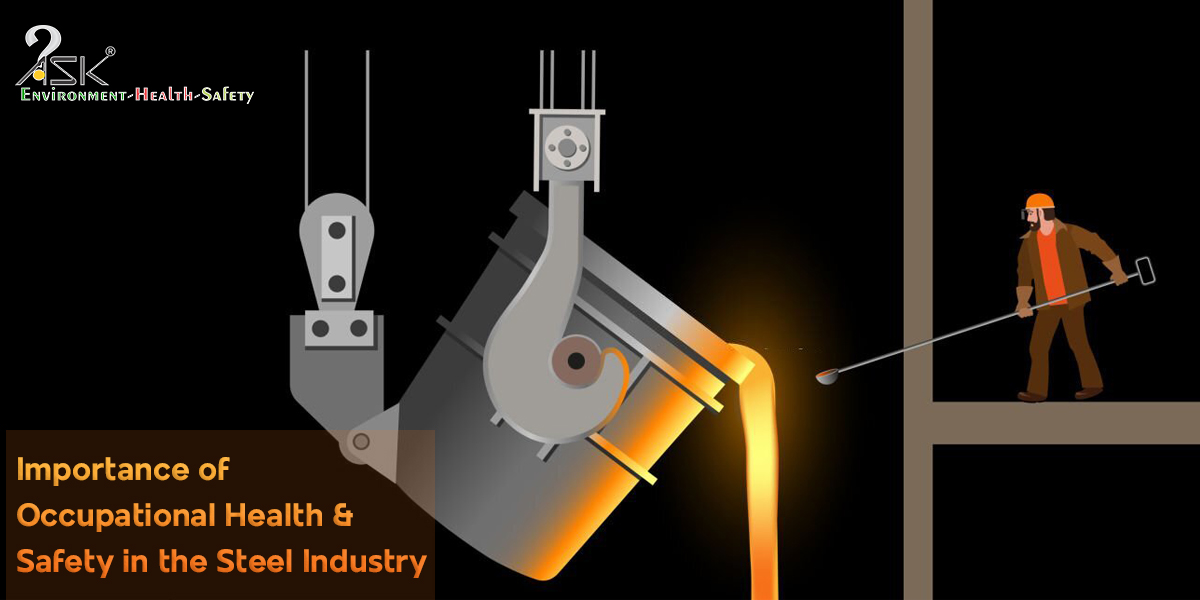Fighting hearing loss among people in industries

Noise induced hearing loss in the industrial sector is a widespread and well understood occupational hazard. Around the world, 16% of disabling hearing loss is attributed to occupational noise. This refers to environments where workers are exposed to noise levels above the prescribed threshold (≥85 dB for long duration).
U.S and E.U have well-defined studies related to work environment noise causing noise-induced hearing loss or adult-onset hearing loss. While at least 17 different studies from 12 African and Asian countries have tried to lay a framework on developing an understanding via research. (see Ref. 1)
Workplace noise occurs in several sectors such as mining, construction, fabric manufacturing to food, automotive and metal instrument manufacturing.
Apart from noise-induced hearing loss, psychological stress and fatigue are the most often cited factors that affect workers, as reported2 by them.
Perception of good occupational health
Due to the nature of works’, loud and constant noise can become a part and parcel of workplace. Proper OSH guided facilities would ensure:
- Availability of personal protective equipment.
- Noise and vibration mitigating corrective equipment for machinery.
- Distributing worker shift hours based in such environments to dilute risk.
The ground reality though tells a different story altogether. Based on the literature review of studies1,2 in this discipline, a clear-cut divide between the perception of workers, their supervisors and the management exists.
The gist of it is that in order to create the right medium for administering such OSH facilities, the right culture or attitude is necessary.
Training for a behavior based culture
Feeding from our earlier stated point of psychological fatigue that noise can generate in individuals, a behavior based safety training for workers exposed to high noise environments can become a game changer.
The focal point of OSH are its people.
The workforce needs to undergo trainings that help them to understand the importance of using right PPE’s. This initial step can be undertaken through toolbox talks by the supervisors. Even though mandatory hearing protection is available, the habit of correct and ‘time after time’ use needs to be conditioned. Using safety trainings to make the workforce aware about the issues caused by noise can be done in two ways:
a) A straightforward awareness approach that can lay the ground.
b) Training the workforce for job-specific analysis on the noise ‘component’ to enable informed decisions.
Thus, the OSH supervisors and management can introduce change that has been brought about by the workers’ themselves. The liberating and empowering qualities of this effort imparts positive reinforcement to the workers.
High-noise environment based workplace training within worker induction program can add more value to the occupational health. Especially in the mining, construction, automotive and fabric manufacturing segments which see some of the highest noise levels in general.
Job-specific trainings can help reduce noise-induced hearing loss through awareness. While lower the chances of workforce developing adult onset hearing loss through their time spent on shop floor. It, however, does require a level of commitment and resources to be allocated for addressing these workplace challenges.
References
1) Nelson, D et al., The global burden of occupational noise-induced hearing loss.
2) Morata et al., Working in noise with a hearing loss (contd.)



Useful Information, your blog is sharing unique information….
Thanks for sharing!!!
Very informative with just the right to keep you wanting to read more, well done!!